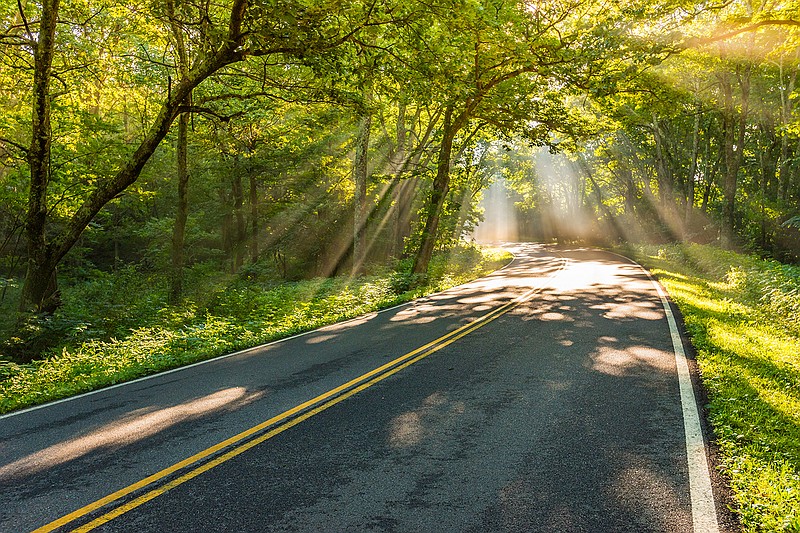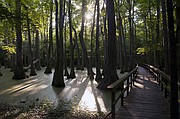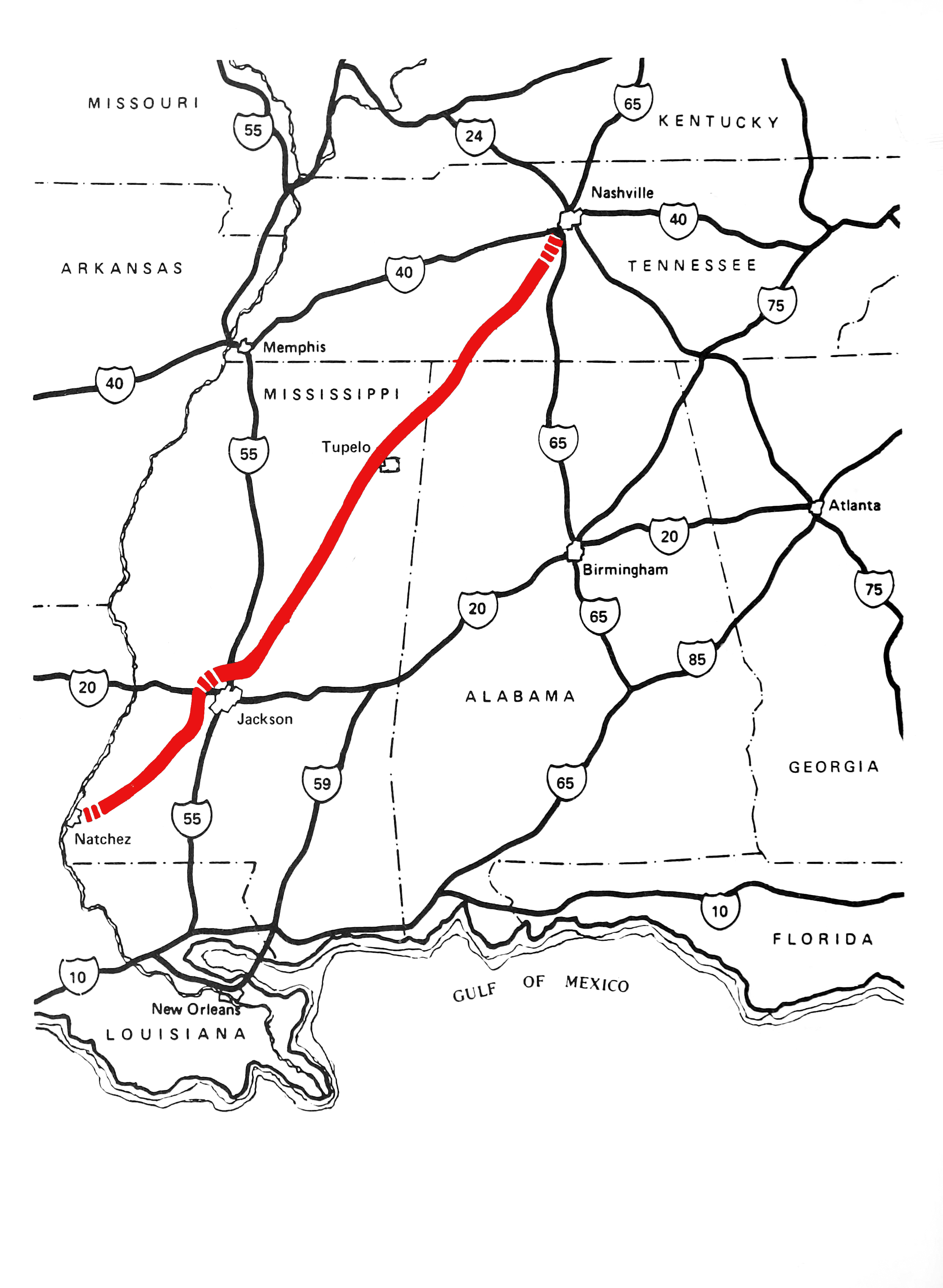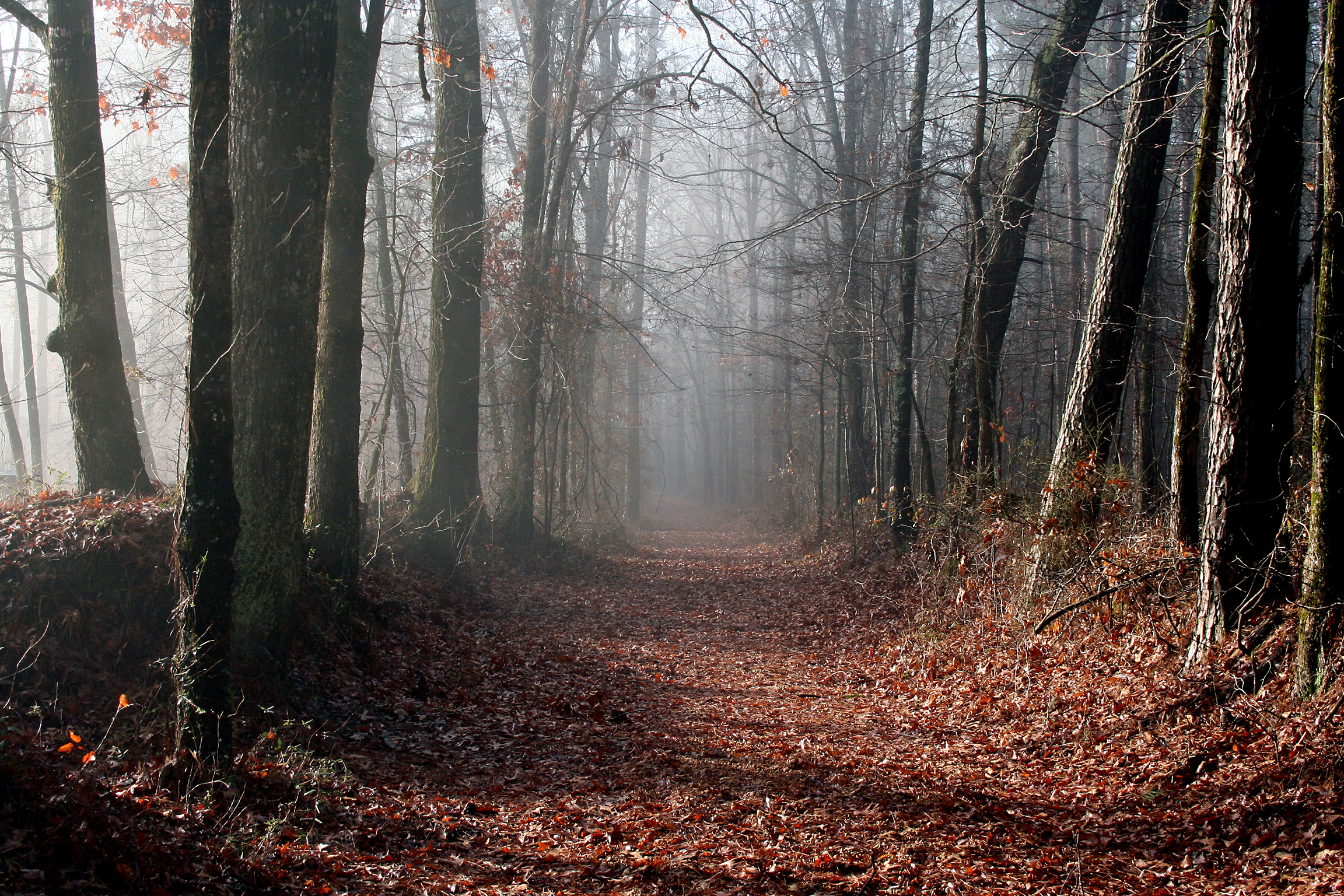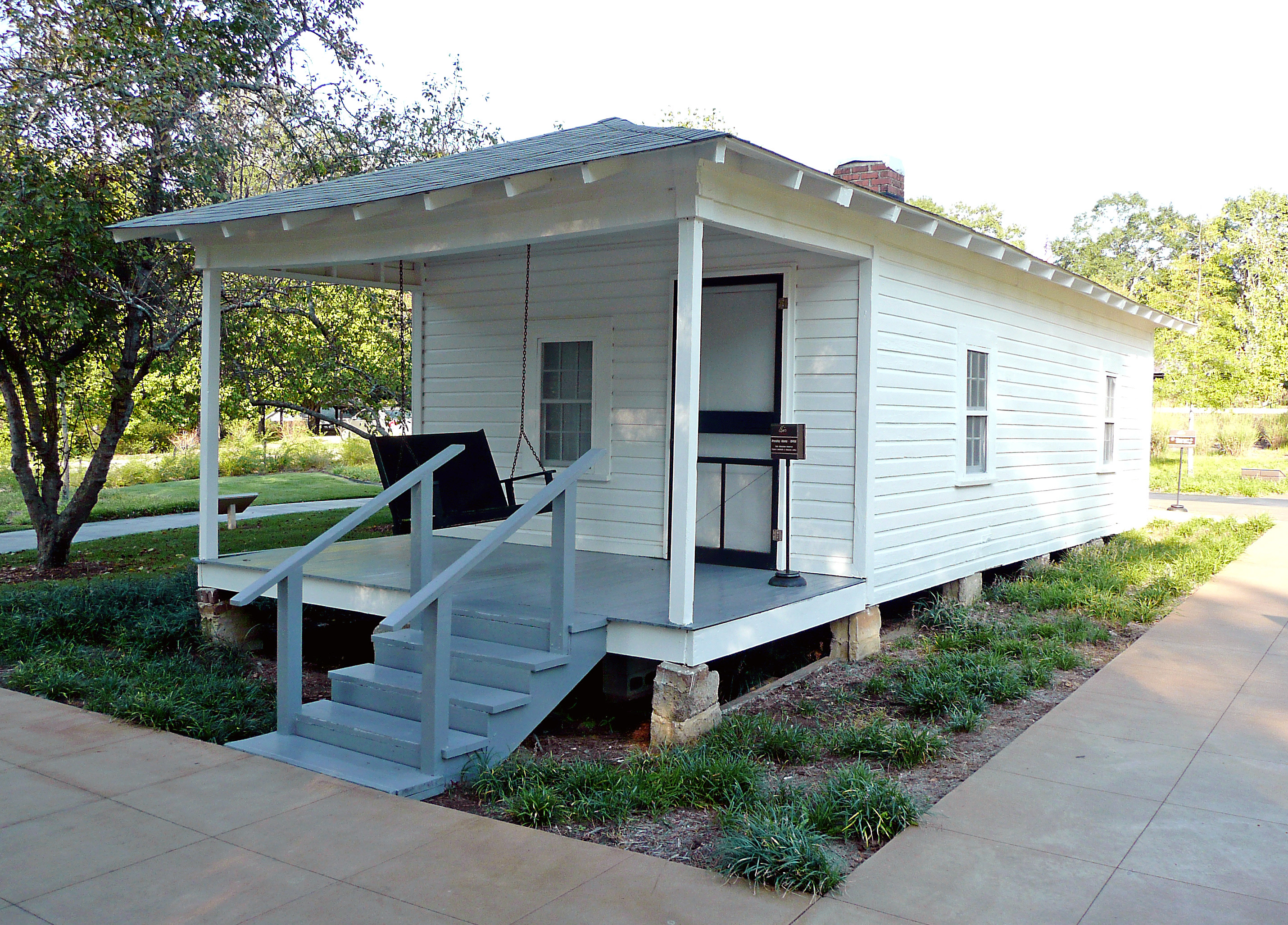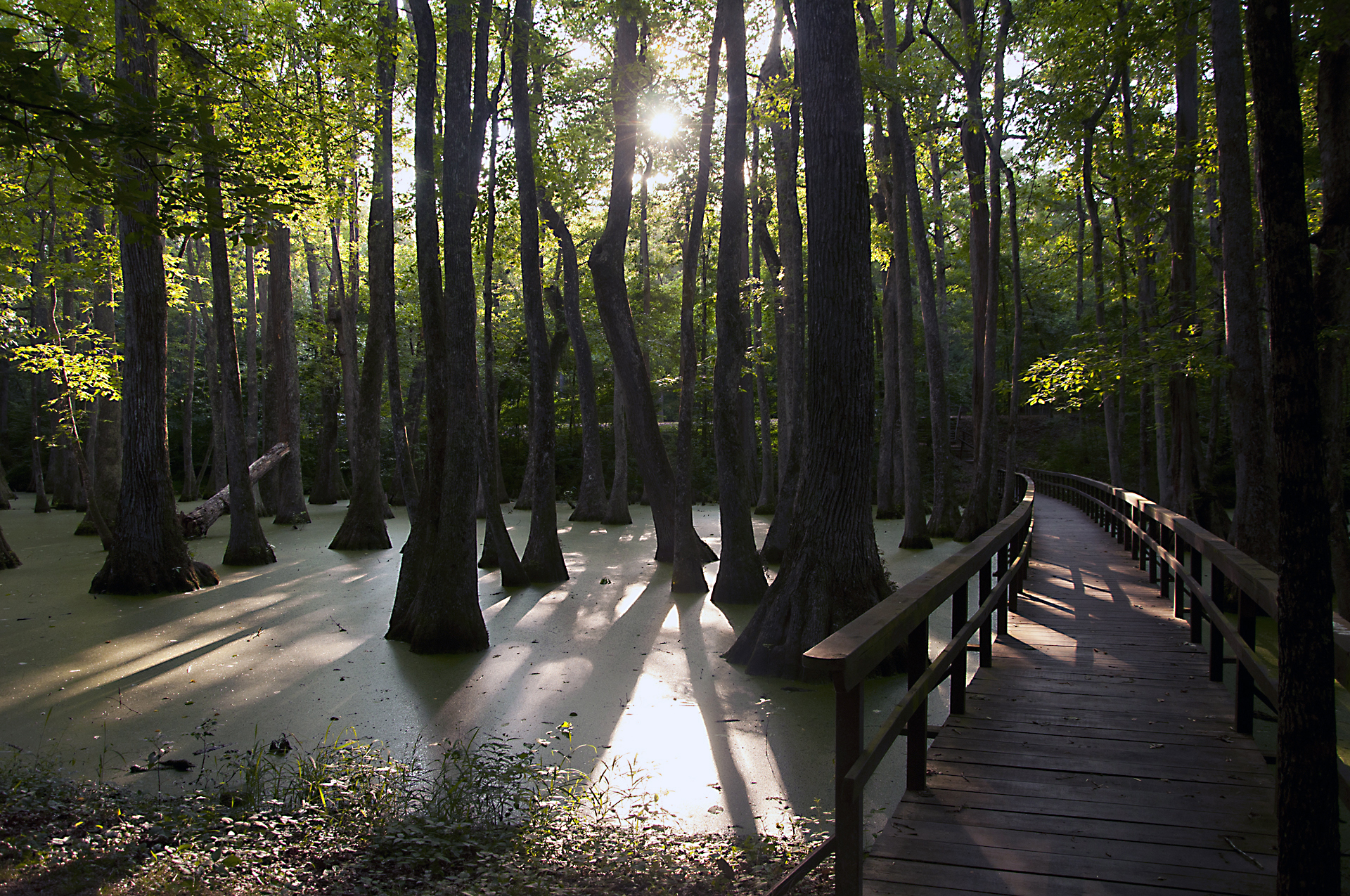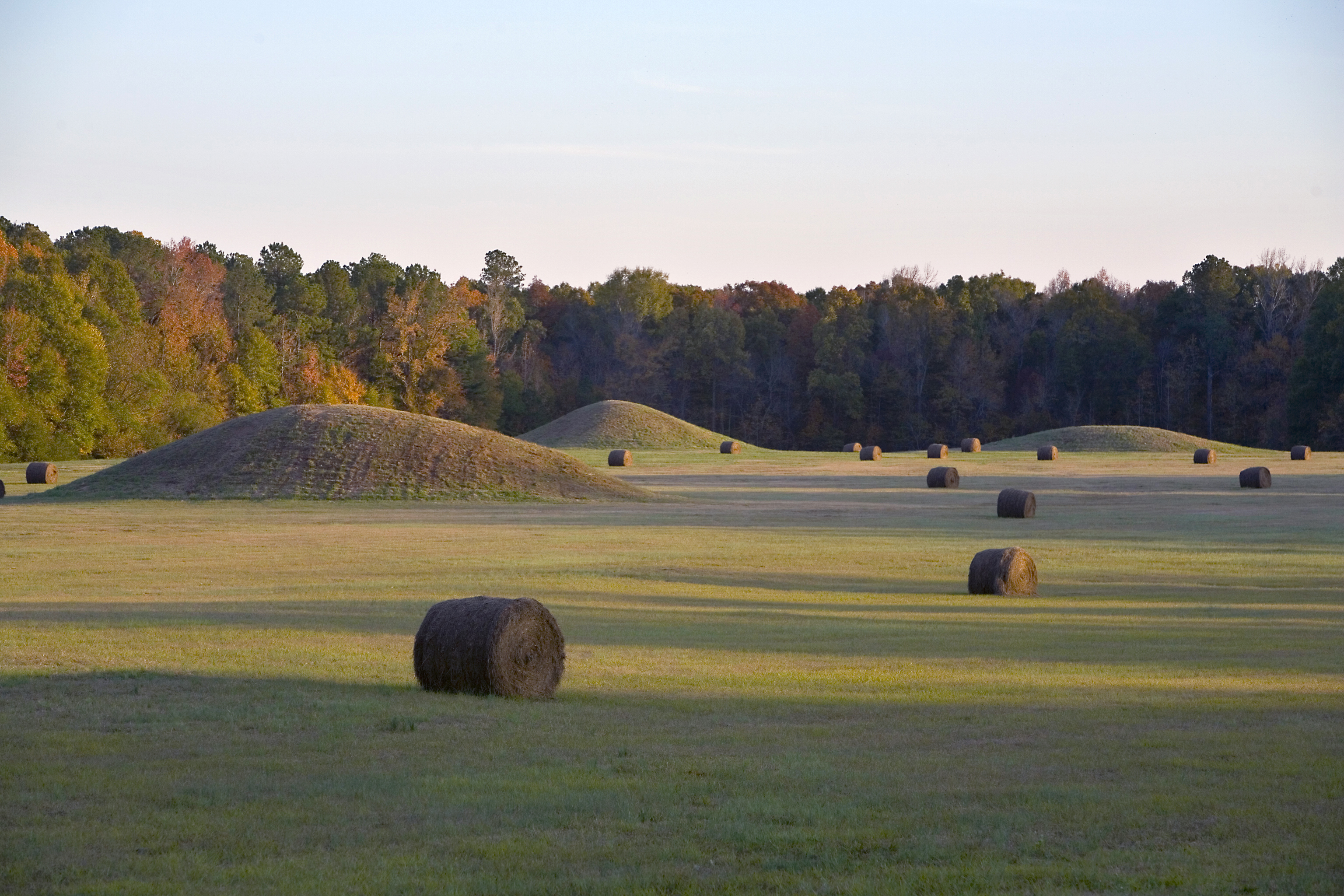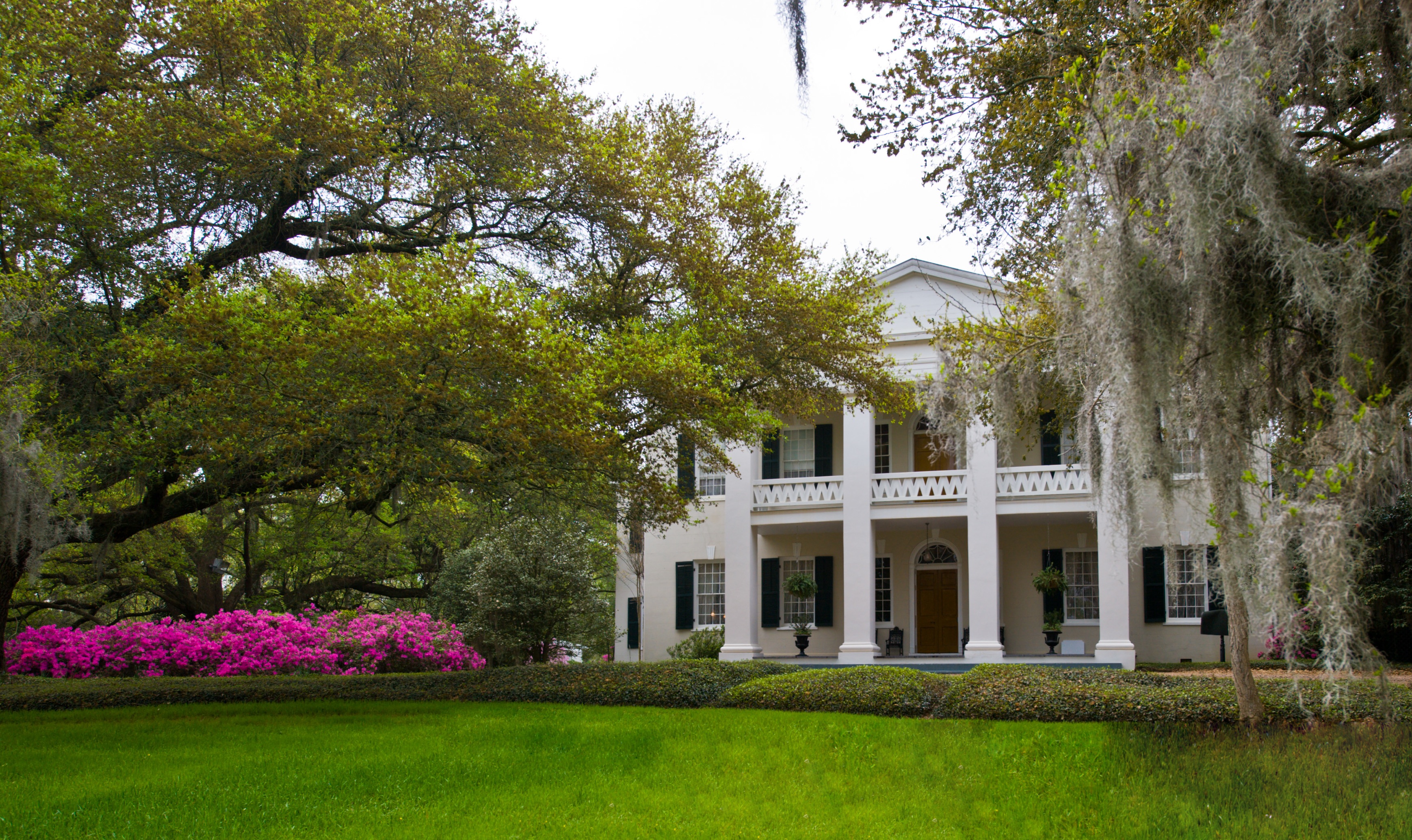Huge hardwoods arch over the roadway, creating a tunnel of green that seems to lead back in time. Surrounded by history and nature, you'll feel transported away from the trappings of modern life, and you won't pass any commercial vehicles or billboards. Access to the parkway is limited, with around 50 access points found in the states of Mississippi, Alabama and Tennessee. The 50 mph speed limit forces you to slow down (which you'll need to do to avoid an expensive federal ticket) and take it all in.
Your journey begins just south of Music City in Franklin, Tennessee. The entrance to the parkway is about 25 miles southwest of Nashville off of Highway 100. Head to the charming village of Leiper's Fork, just a few minutes from the Highway 96 exit, and perhaps you'll catch a glimpse of Justin Timberlake, who owns a home here. Be sure to stop in at Country Boy restaurant for a slice of banana crème pie. Even the whipped cream is made in-house.
As you hit the road again, you'll want to keep your eyes out the windows. The next 20 miles are among the most scenic portions of the road. The Baker Bluff and Jackson Falls overlook (milepost 405.1) offers a stunning view of the Duck River below.
Pull off at milepost 403.7 to stretch your legs on a 200-foot jaunt on the Old Trace. You'll be tracing the steps of prehistoric animals, who first cleared the path as they traveled to the Mississippi River from the prairie. It also became a major route for Native Americans, and later European explorers and settlers, especially after 1809, when it was widened to accommodate wagons. Traders would float goods in flat-bottom boats down the Ohio and Mississippi rivers, from Pittsburgh, Pennsylvania, to Natchez, Mississippi, where they unloaded their goods and were then forced to return on foot using the Trace due to the river's current.Use of the Old Trace fell off with the rise of the steamboat, and the park service took over the Natchez Trace in 1938.
Ready for a swim? Head to Fall Hollow (milepost 391.9) and follow the paved walk to the observation deck overlooking a waterfall, continuing down the dirt path to find more waterfalls - including one with a perfect, crystal-clear swimming hole at its foot.
At milepost 304.5 you'll find Tishomingo State Park, which archaeological excavations have revealed Paleo Indians inhabited as early as 7000 B.C. Here you can spend a few hours fishing, canoeing (rentals available), swimming, or hiking across a swinging bridge among the sandstone rock formations and waterfalls of Bear Creek Canyon. You can also set up camp at the park or stay the night in a rustic cabin.
The Natchez Trace Parkway Visitors Center, at milepost 266 near Tupelo, Mississippi, has lots of information on the history of the Trace, a video, and a hiking trail that leads to a Chickasaw village site.
Next, exit the parkway at milepost 259.7 onto Mississippi's Highway 6, which will take you to downtown Tupelo. Here, you'll find Elvis' birthplace, a two-room home that's now a museum you can tour, as well as a small church where he used to sing that's been moved to the property. Depending on how big of a fan you are, you could spend an hour or two here doing the tour and checking out the memorabilia, or just stop by for a curled-lip selfie with the building in the background.For cooked-to-order food from local farmers - along with a full bar offering local bourbon - head to Kermit's Outlaw Kitchen in Tupelo. If the daily-changing menu allows, try the burger, grilled oysters or pork tacos.
At milepost 233.2, make a stop at Witch Dance. It is said witches would gather here to dance and the grass would wither and die wherever their feet touched. The parkway itself also has a sinister history. "The Devil's Backbone" was a nickname for the Natchez Trace, as murderers and robbers often made travelers their victims. Two groups of Native Americans also buried their dead nearby, and many locals believe their spirits haunt the woods at night - so much so that locals avoid stepping on the barren patches of grass to keep from being cursed. Camp here on the night of a full moon if you dare. They say you can hear cackling, chanting and the sound of beating drums coming from the woods.
About 40 minutes down the road, you can check out the view from one of the highest points in Mississippi. From the overlook on Little Mountain Trail in Jeff Busby Park (milepost 193.1), you can see up to 20 miles on a clear day. The trail is a fairly easy 1.6 miles round-trip with a half-mile nature loop at the top of the mountain.
For a taste of life in those surroundings, make a stop at the French Camp settlement (milepost 180.7), where Louis LeFleur and his wife, a Choctaw, opened a tavern and inn in 1810. Relive the pioneer days by staying at the B&B, touring the historic buildings and paying a visit to the on-site museum. If you'd rather just find a basic hotel to lay your head, you'll find the typical chains a bit down the road in Tupelo.
Cypress Swamp (milepost 122) offers another chance to get closer to nature. Stroll the elevated half-mile trail constructed above the water - and the alligators - as you take the self-guided tour.
Next, exit the parkway at I-20 and travel the 10 miles to the state capitol, Jackson, where you can tour the former home of Pulitzer Prize-winning author Eudora Welty.
Emerald Mound, located at milepost 10.3 near Natchez, is the second-largest mound in the U.S., with a height of 35 feet and spanning across 8 acres. It was built by ancestors of the Natchez Indians during the Mississippian Period, between 1250 and 1600 A.D. Go just before sunset for the best experience. If you haven't had your fill of history yet, immerse yourself even further by staying at one of Natchez's antebellum-mansions-turned-B&B's, like the Monmouth Historic Inn. Built in 1818, it's located in the historic district near Auburn Museum & Historic Home, Natchez National Historical Park and the on-site Melrose mansion. The four-star Monmouth Historic Inn features two restaurants, a bar and room service with limited hours, but while you're in town, have a drink at the Under the Hill Saloon. It offers live music most nights and boasts a great view of the river from the front porch - the perfect place to reflect on your journey.What to know:
» Allow two-three days for the trip down the parkway, a two-lane winding road that passes through 18 communities in Tennessee, Alabama and Nashville.
» Mind the cyclists who often use the road - as well as the deer, particularly at dark and dusk.
» For two-day trips, Tupelo makes a good halfway point.
» Bring along a cooler of cold drinks, and pack snacks. The Trace is not an interstate with loads of convenience stores just off the road.
» Unless your kids are especially into history or looking out the windows of your backseat, this may not be the ideal trip for them.
» The trip is best taken in autumn, when the heat lets up and the leaves start to change, breaking up the somewhat monotonous scenery of green trees.
